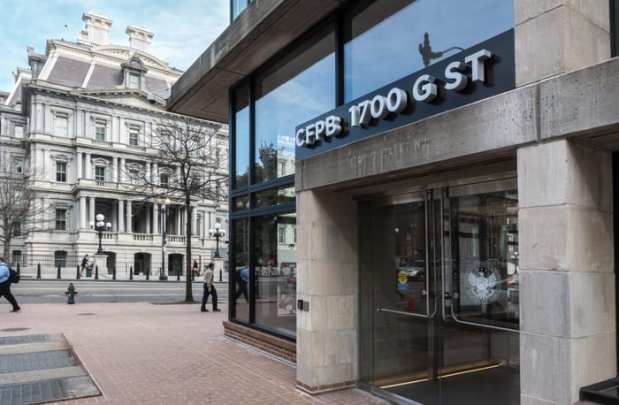CFPB’s New Network Steps Up Financial Innovation Regulation

A network to better coordinate financial innovation among federal and state regulators is being launched by the Consumer Financial Protection Bureau (CFPB) in partnership with several states, the agency said in a press release.
The American Consumer Financial Innovation Network (ACFIN) aims to augment shared purpose such as access, inclusion and competition. The network will also advance “regulatory certainty” for innovators and stay abreast of changes in the market while helping reduce fraud, discrimination and deception.
Inaugural members of ACFIN include state attorneys general of Alabama, Arizona, Georgia, Indiana, South Carolina, Tennessee and Utah. State regulators in every state were invited to join.
CFPB helps consumer finance markets perform by enforcing federal consumer financial law, making rules more effective and identifying regulations that are no longer necessary, according to a statement included in the release. The agency says it strives to empower consumers to take control of their economic lives.
“Federal and state coordination promotes consistency in the regulation of consumer financial products and services while facilitating consumer-beneficial innovation,” said Consumer Financial Protection Bureau Director Kathleen L. Kraninger. “ACFIN will provide a platform for Federal and State regulators to coordinate with each other as they develop new rules of the road and apply existing ones.”
Kraninger said the partnership will improve regulatory certainty across jurisdictions. “I will continue to work to encourage other state regulators to join this important new initiative that will foster collaboration among federal and state regulators,” she said.
A July CFPB report indicated that 28 percent of consumers have had at least one debt in collections. The report examined collections tradelines — information about a consumer account sent to a credit reporting company, generally on a regular basis — from 2004 to 2018. The data spanned debt buyer tradelines, representing debt bought from creditors that have been charged off by creditors and non-buyer tradelines, which attempt to collect on behalf of the original creditor.
The percentage of consumers sampled with third party collections never went below 27 percent or above 34 percent. Peak levels — and levels of 33 percent and above — occurred after the financial crisis into 2013.
